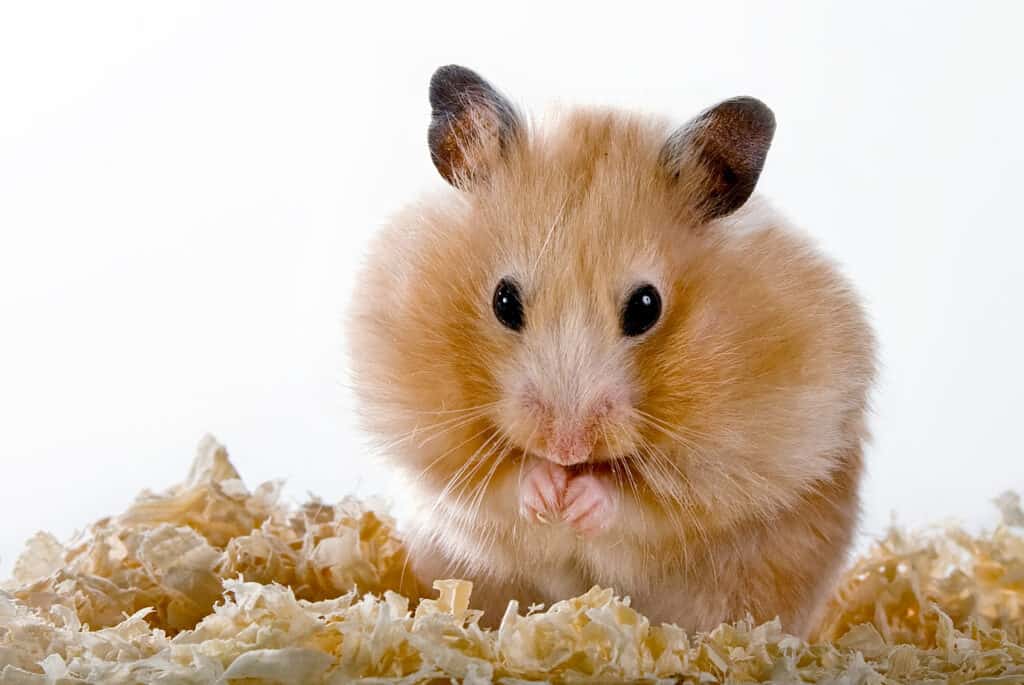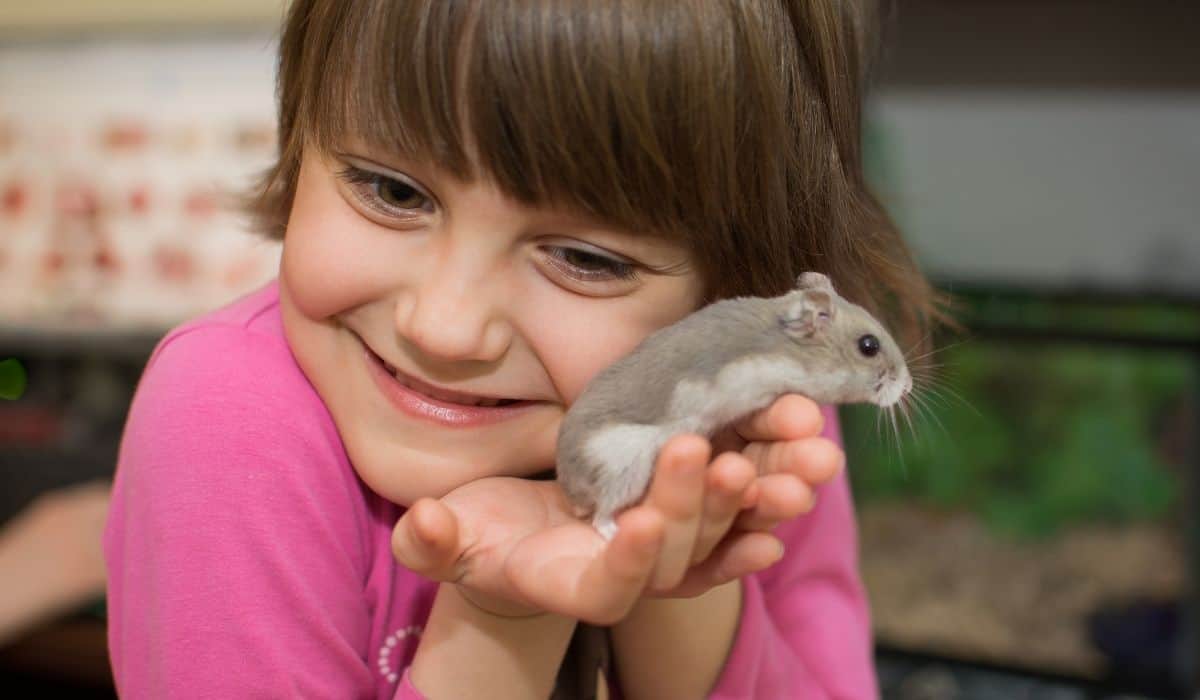Hamsters are absolutely adorable and oh, so fragile. If you have owned many hamsters then you know, it seems that they can sick at the drop of the hat. With a lifespan of 18 months to 3 years, it seems mind-boggling and tragic. Why do hamsters die so fast?
The answer is complicated but we’ll clear the fog a little on this subject. Hamsters are indeed fragile, being susceptible to health issues such as wet tail disease, colds, and even heart conditions. Their living area and diet are the biggest contributors to short lifespans. Provide the best diet and care possible and they will live long and happy lives.
That said, with a little knowledge you can help your hamster and we’ll tell you exactly how.

What is ‘Wet Tail’ Disease?
Attributed largely to a combination of bacteria and stress, the ‘Wet Tail’ description is a reference to diarrhea. Veterinarians have many terms for it, such as ‘terminal ileitis’, ‘regional enteritis’, or even ‘enzootic intestinal adenocarcinoma’.
Whichever terminology, this is a dangerous disease that manifests quickly and is largely fatal.
The bacteria involved are typically strains of Lawsonia intracellularis when a hamster is less than 10 weeks old and with older hamsters, it is one of the 4 following bacterium:
- Proteus morganii
- Clostridium difficile
- Escherichia coli
- Clostridium pilliforde
With many different causes of the infections, the first warning sign is still the same. If your hamster has diarrhea then this will need to be dealt with immediately, as Wet Tail is around 90% fatal within the first 24 to 48 hours!
Other signs of wet tail include severe lethargy, rapid weight loss, poor maintenance/appearance of fur, or ‘hunching down’ often for no apparent reason.
If you see any of these signs then action will need to be taken immediately.
Do hamsters get heart disease?
Heart disease is another cause of early death with older and even young hamsters. Overbreeding contributes largely to this problem, though reputable breeders are aware of issues like this and will be more careful with the pairings of their breeding stock than your average pet store or other commercial animal suppliers.
Three examples of heart conditions that can occur in hamsters of early or advanced years of age are as follows:
- Cardiomyopathy or Polymyopathy – This is generally caused by a recessive gene which causes a gradual weakening in the muscles, with Polymyopathy being the most common. Polymyopathy affects all muscles, whereas Cardiomyopathy is similar but affects only the heart muscles which may eventually lead to heart failure. Symptoms include poor muscle coordination, fatigue, and general weakness.
- Atrial Thrombosis – This is estimated to occur in 70% of older hamsters and it follows an actual heart failure. Symptoms include constant, rapid breathing as well as blue feet and death typically occurs within 1 week.
- Congestive heart failure – If a young hamster suddenly dies for no seeming reason then this is often due to congestive heart failure. Basically, the muscles in the hamster’s heart are no longer able to circulate the blood efficiently through the hamster’s body. Warning signs may include trouble breathing, a bluish tint to the skin, swelling at the abdomen due to water retention, or sudden, unexpected movements occurring for no apparent reason.

Did you know that hamsters can catch colds from humans?
Hamsters can not only catch colds from humans but they are also susceptible to human strains of flu! Our fuzzy friends have very delicate constitutions and so this is something of which you need to be very aware.
Your hamster can also catch a cold from having their cage in a drafty location or even from being given a bath, which stresses them out and can wash out protective, natural oils from their fur.
What can you do to help keep your hamster happy and healthy?
With so many things that can hurt your fuzzy friend it is easy to panic, but take a deep breath and pause for a second. You are not completely powerless. Here are some things which you can do to help:
- Dealing with Wet tail disease – First things first, Wet Tail disease has a high fatality rate so if you see any of the signs then don’t try to fix it yourself. Bring your hamster to the vet immediately.
- Hamster heart issues – While you cannot prevent genetic heart conditions from occurring, you can help to keep them from getting worse. Lowering your hamsters salt intake, either completely or by saving salty treats for very rare occasions, can help to give an older hamster a little more time. Make sure that their enclosure is also in as stress-free of an area as you can provide.
- Prevention as a cure to the common cold – If you have a cold or the flu then you shouldn’t handle your hamsters. If no one else can help, clean your hands thoroughly and consider gloves if you need to move the hamsters for cleaning their cage. Refrain from bathing your hamster as well.
- Proactive control of environmental factors – Ensure that your hamster’s enclosure is clean, that food is regularly changed, and that it is placed in a location where stress is mitigated. This is sometimes as simple as closing the door to keep the cat out (because we all know the cat stares at them when we aren’t looking). Hamsters are also most comfortable at temperatures between 65 and 75 degrees as well, so a sticker to read the temperature can help to ensure that you aren’t chilling or overheating your Hammie.
Some final words
Today we have tackled the unpleasant subject of hamster fragility. Our intent is not to scare you, but only to help you to be more aware of why early deaths can occur and to know what you can do to help prevent this.
Just keep a close eye on your furry friend and when in doubt never hesitate to get your veterinarian




